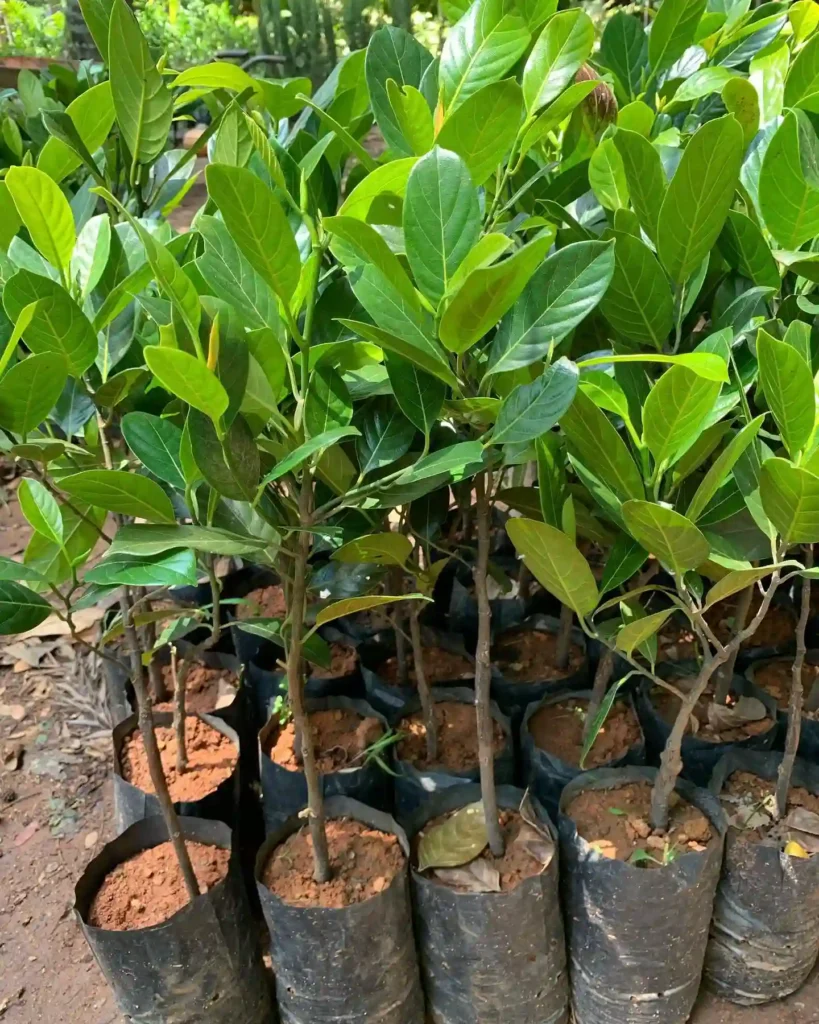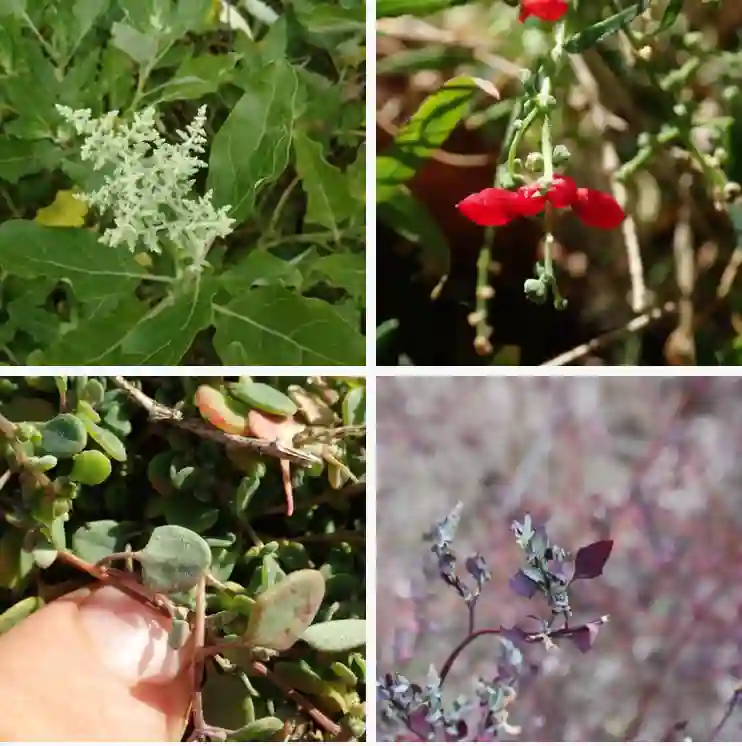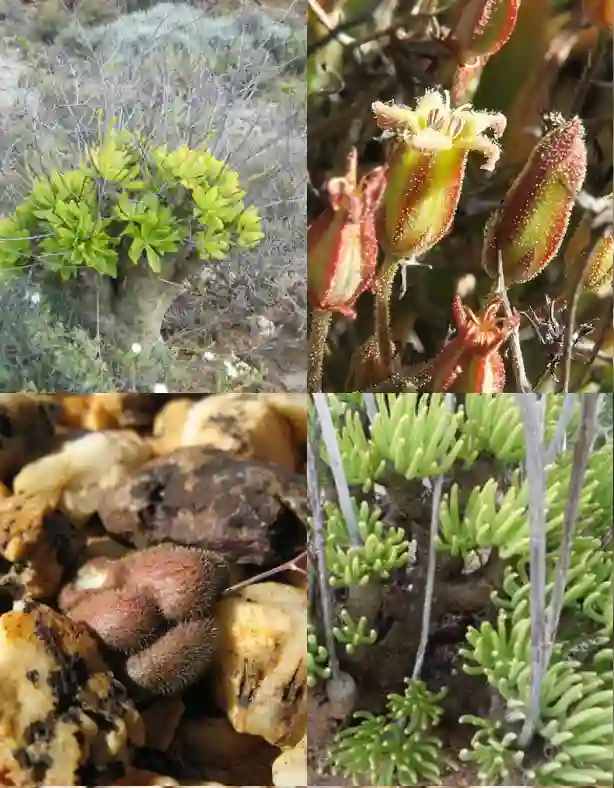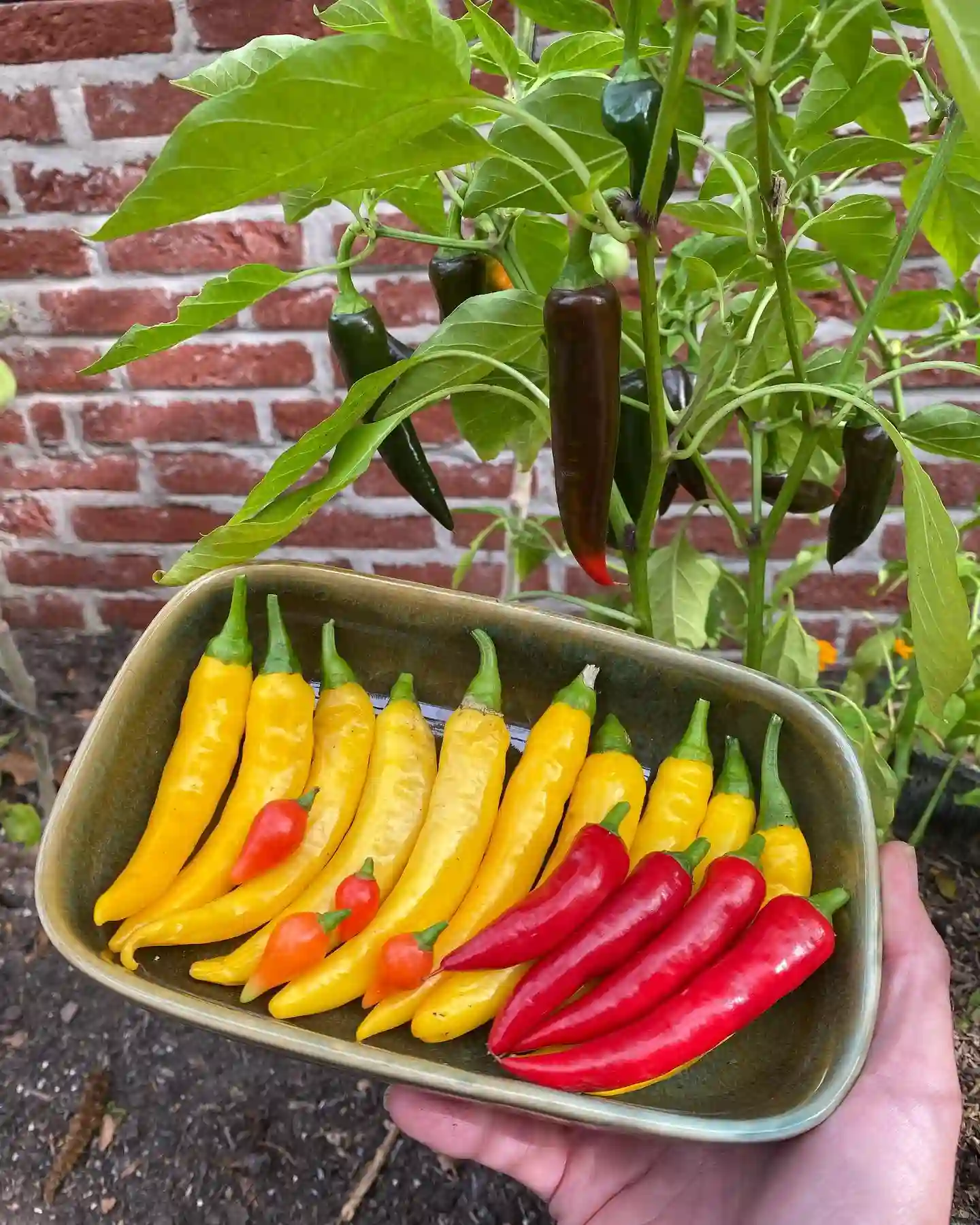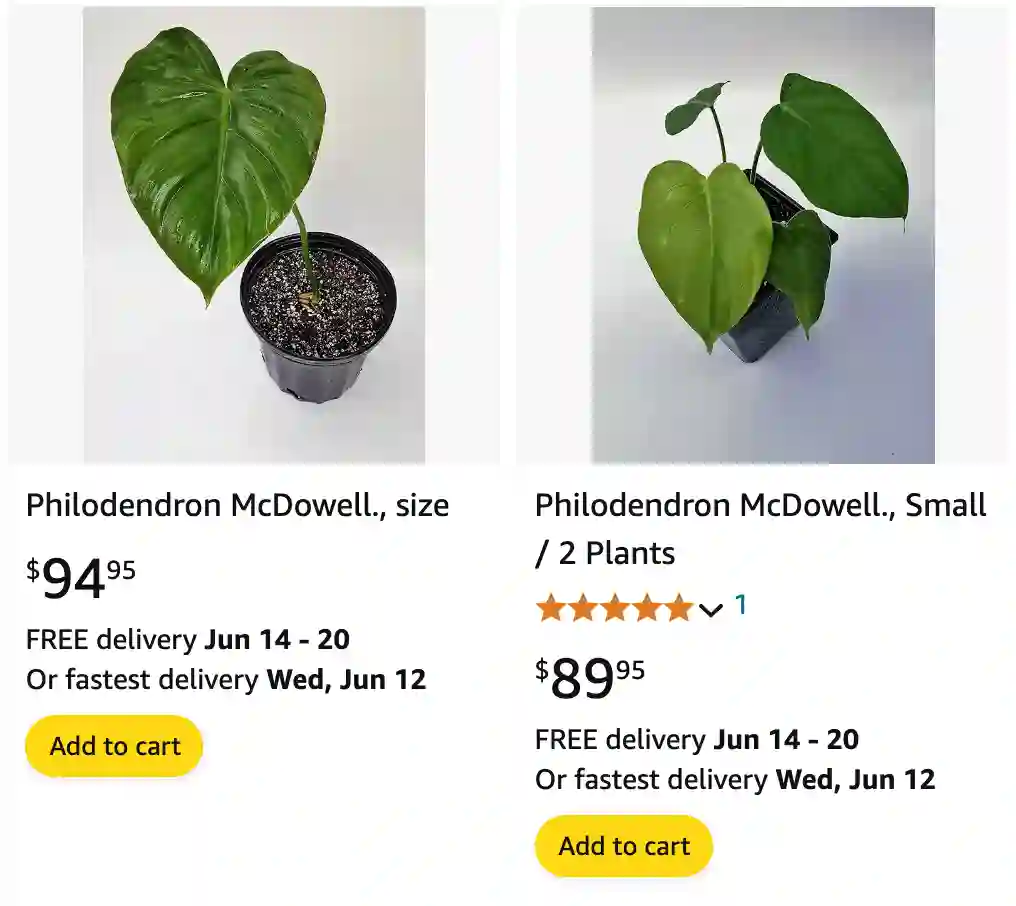
Philodendron McDowell: Unveiling the Velvet Gem
Hi there, Ferb Vu here, and today we’re diving into the world of the Philodendron McDowell, a captivating houseplant renowned for its velvety, heart-shaped leaves. This tropical wonder has stolen the hearts of many plant enthusiasts, and for good reason. But before you rush out and snag one, let’s explore some frequently asked questions to ensure it thrives in your care.
623 Species in Genus Philodendron
What Makes the Philodendron McDowell Special?
The Philodendron McDowell stands out with its luxurious, velvety texture. Unlike other philodendrons with smooth foliage, the McDowell’s leaves boast a plush, almost suede-like feel. This unique characteristic, coupled with its deep, rich green color, creates a truly mesmerizing visual.
The leaves themselves are large and heart-shaped, reaching impressive sizes of up to 150 centimeters (almost 60 inches) when mature. The veins are subtly sunken, adding a touch of textural intrigue and creating a captivating interplay of light and shadow. This philodendron can grow as a climber or a creeper, making it a versatile addition to any indoor space.
Philodendron McDowell vs Gloriosum
The Philodendron McDowell is often compared to its close relative, the Philodendron Gloriosum. Both boast stunning, velvety leaves, but there are some key differences to consider. Here’s a quick breakdown:
- Leaves:
- McDowell: Larger, heart-shaped with a more subtle vein structure.
- Gloriosum: Smaller, more elongated heart-shaped leaves with prominent, raised veins.
- Growth Habit:
- McDowell: Can be a climber or a creeper.
- Gloriosum: Primarily a climber.
- Rarity:
- McDowell: Generally easier to find.
- Gloriosum: Considered a rarer and more expensive variety.
Ultimately, the choice between these two philodendrons boils down to personal preference. If you desire a grand, statement plant with enormous, velvety leaves, the McDowell might be your perfect match. If you prefer a more compact climber with pronounced veins, the Gloriosum could be a better fit.
Philodendron McDowell vs Pastazanum
When it comes to Philodendron McDowell and Pastazanum, they both have unique qualities that make them stand out in my collection. The McDowell, with its glossy green leaves and compact growth habit, has been a reliable addition to my indoor jungle. It thrives in moderate light and has a robust, easy-care nature that makes it perfect for plant enthusiasts of all levels. On the other hand, Philodendron Pastazanum has a more dramatic appearance with its deeply serrated leaves and striking veins. I’ve found it to be a bit more demanding in terms of humidity and light, but its foliage makes it a stunning centerpiece once it settles into its environment. Each brings its own charm and challenges, making them both rewarding plants to grow and admire.
How to care for Philodendron McDowell?
Like any houseplant, the Philodendron McDowell flourishes with proper care. Here are some key things to keep in mind:
- Light: Bright, indirect light is ideal. Avoid harsh, direct sunlight, which can scorch the leaves.
- Watering: Water deeply when the top inch of soil feels dry. Overwatering is a leading cause of problems, so err on the side of underwatering.
- Humidity: Philodendrons thrive in moderately humid environments. Misting regularly or using a humidifier can be beneficial.
- Soil: A well-draining, aerated potting mix is crucial to prevent root rot. Consider adding perlite or orchid bark to your potting mix for optimal drainage.
- Fertilizer: During the growing season (spring and summer), a balanced fertilizer diluted to half strength can be applied once a month. Withhold fertilizer during the winter months.
Propagation: Sharing the Velvety Love
The Philodendron McDowell can be propagated through stem cuttings. Here’s a simplified process:
- Select a healthy stem with at least one node (the bump where a leaf meets the stem).
- Make a clean cut just below the node.
- Plant the cutting in a pot with a well-draining potting mix.
- Water thoroughly and maintain consistent moisture.
- Place the pot in a warm location with bright, indirect light.
Be patient – it can take several weeks for roots to develop. Once established, your new Philodendron McDowell will be on its way to becoming a thriving addition to your collection.
Conclusion: The Allure of the Philodendron McDowell
The Philodendron McDowell is more than just a houseplant; it’s a captivating conversation starter. Its velvety texture and impressive size make it a true showstopper. With proper care and attention, this tropical gem will reward you with years of lush foliage and undeniable charm. So, if you’re seeking a unique and captivating plant to elevate your indoor space, the Philodendron McDowell might just be your perfect match.
If i die, water my plants!
